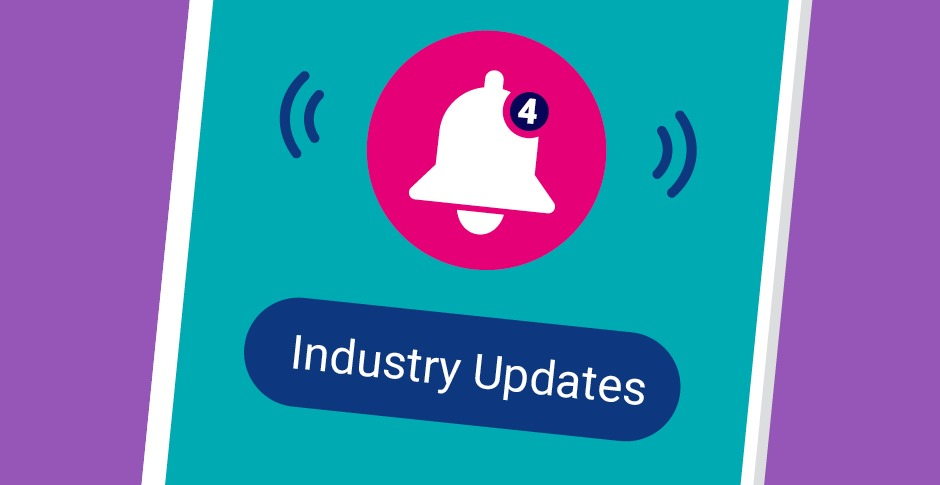Have you ever wished you could create your own Android app or modify an existing one? Whether you’re an aspiring developer or just curious, creating your own APK file is more achievable than you think. In this article, I’ll walk you through how I built my first APK file without being a pro coder—and how you can do it too.
Let’s break down the process step-by-step in the most beginner-friendly way.
What is an APK File?
APK stands for Android Package Kit. It’s the file format Android uses to distribute and install apps. When you download an app from the Play Store, what you’re really getting is an APK file, even if you don’t see it.
When you build your own APK, you’re creating a standalone installable version of your app—whether it’s a game, a utility, or a simple web wrapper.
Why Create Your Own APK?
Here are a few good reasons:
- ✅ Launch your own app
- ✅ Share an app privately without the Play Store
- ✅ Customize existing apps (legally and ethically)
- ✅ Learn Android development
- ✅ Earn from ads or in-app purchases
Tools You’ll Need
Before you begin, here are the basic tools (all free):
🛠️ Android Studio
The official IDE for Android development. It compiles code and builds APK files.
- Download from: https://developer.android.com/studio
🧾 Java or Kotlin Knowledge
You don’t need to be a pro, but knowing basic syntax helps.
📱 An Android Device (or Emulator)
To test your APK after building it.
Steps to Create Your Own APK File
🔹 Step 1: Install Android Studio
- Download and install Android Studio
- During setup, it’ll install necessary SDKs and tools
- Open Android Studio and select “Start a New Android Project”
💡 Choose a simple template like “Empty Activity” to begin.
🔹 Step 2: Name Your App and Set Details
- Enter app name, package name, and save location
- Choose programming language: Kotlin or Java
- Set minimum SDK (use Android 5.0+ for broad compatibility)
🔹 Step 3: Design the Layout
In res/layout/activity_main.xml, use drag-and-drop UI editor or XML code to design your app layout.
Example:
xmlCopyEdit<TextView
android:layout_width="wrap_content"
android:layout_height="wrap_content"
android:text="Hello, APK World!"
/>
🔹 Step 4: Add App Logic (Code)
In MainActivity.kt or MainActivity.java, you can add simple behavior like button clicks, navigation, or sound.
Example in Kotlin:
kotlinCopyEditfun onClick(view: View) {
Toast.makeText(this, "You clicked!", Toast.LENGTH_SHORT).show()
}
🔹 Step 5: Build the APK
Once your app is ready:
- Click Build > Build Bundle(s) / APK(s) > Build APK
- Wait for compilation
- Android Studio will generate the APK in
/app/build/outputs/apk/
🗂️ Right-click and choose “Locate” to open the folder.
How to Test Your APK
- Transfer the APK to your Android device
- Make sure Unknown Sources are allowed
- Tap the APK to install
Or use the built-in Emulator in Android Studio to test instantly.
Bonus: Customize Icons and Splash Screen
To make your APK look professional:
- Change app icon in
res/mipmap - Modify
AndroidManifest.xmlto set splash theme - Add your brand colors in
res/values/colors.xml
Optional: Sign Your APK for Distribution
Unsigned APKs can be installed for testing, but for Play Store publishing or broader distribution, you must sign your APK.
How to Sign:
- In Android Studio: Build > Generate Signed Bundle/APK
- Create or use a Keystore
- Follow the wizard to complete signing
FAQs
❓ Do I need to know coding to create an APK?
Basic coding helps, but using templates and tutorials in Android Studio makes it beginner-friendly.
❓ Can I monetize my custom APK?
Yes, you can add Google AdMob or in-app purchases once you have a developer account.
❓ Can I edit someone else’s APK?
Only if it’s open-source or you have permission. Modifying apps without consent may violate terms of use or laws.
Tips for Beginners
- Start with simple apps (calculator, flashlight, to-do list)
- Watch free tutorials on YouTube or Udemy
- Use Stack Overflow and Reddit communities when stuck
- Don’t chase perfection—your first APK is a learning experience!
Conclusion
Making your own APK might seem complicated at first, but with free tools like Android Studio and a little curiosity, it’s totally doable—even for beginners. Once you build your first app, you’ll gain confidence and motivation to go further.
Whether you’re making something fun for yourself or stepping into the app development world, this guide gives you the perfect start.



